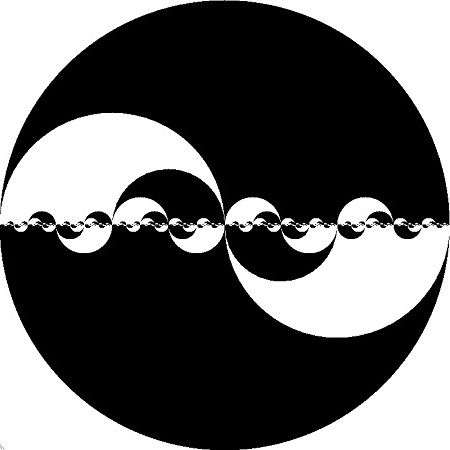One of the things most of us seem to take for granted is that reality is consistent. People of our acquaintance tend to respond to things in relatively predictable ways, and things around us seem to work more or less the way we expect them to.
Over time, we build a model in our heads of how things work. Barring major disasters, reality generally fits this model, falling into recognizable patterns.
But what if this is an illusion? Maybe people around us do not behave predictably, maybe things are not working according to plan. Perhaps, in reality, the people in our lives are sending us a continuous jumble of conflicting signals, and we just don’t see it.
It may be the case that the human mind, when it is functioning “normally”, imposes a kind of filter on the signals it receives, forcing our perceptions into recognizable patterns, even if those patterns do not quite fit the data.
For example, someone you know might vary widely in mood — being cheerful one moment, and morose the next — and you simply might not notice the variation, because one of those moods corresponds to your conception of this person, while the other is tossed out by your mind as anomalous data.
I’m not sure there is any real way to test this theory. I strongly suspect this filter exists, but it’s hard to tell how strong it is, since we can only evaluate things through the lens of our own perception.
In any case, if this is the way perception actually works, I’m pretty satisfied with this arrangement, since I find most of the people I know to be quite nice to be around.
But maybe that’s just me. 🙂


